There’s no place else in the world quite like LA. It has its own charm, its own style. But most of all, it’s a monster: a concrete behemoth that’s long ago swallowed up the entire Southern California coast. You may think the first thing this creature devoured was nature, replacing the color green with a gray smoggy haze. You’re only partly right.
There’s a beautiful green reprieve in the middle of all that cement and silicone, and perhaps most remarkably, it’s the centerpiece of Hollywood itself: Griffith Park.
Griffith Park is home to the Hollywood Hills and the unmistakable Hollywood Sign, which gave tinsel town its name. Being one to escape urban sprawl whenever possible, I made the park my first stop.
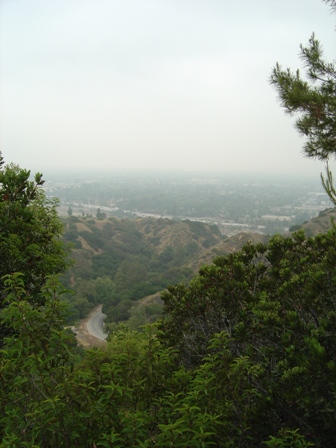
There are several roads that wind around the Hollywood Hills. I found several scenic overlooks on Mt. Hollywood Drive, a road which may or may not have been open to traffic (the signs were a bit vague, but I didn’t let that stop me!).
The weather made the views less than spectacular. But on a clear night, you’d probably see streetlights stretching out for miles.
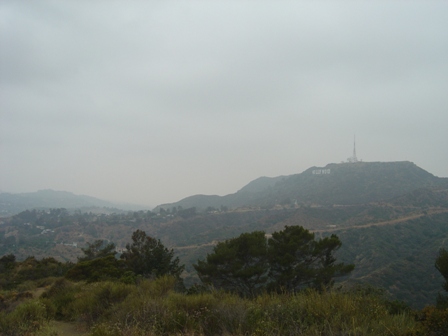
You’ll find a good view of the Hollywood sign by driving up to the Griffith Observatory, which as of May, 2004, is closed for renovation. You can still park there, though, and set out on the Mt. Hollywood Trail.
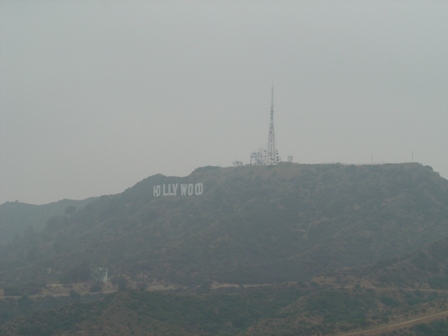
The trail switches back as it climbs. Although you climb higher, you never get much closer to the sign. This side-view is about as good as it gets.
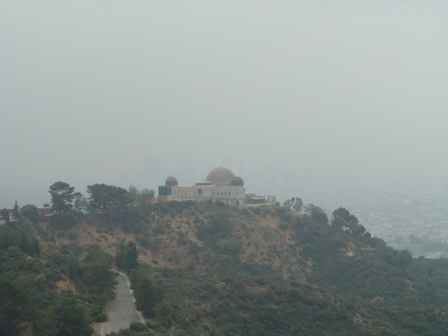
As you climb the Mt. Hollywood Trail, turn around and check out the view of the Griffith Observatory, with downtown Los Angeles in the background. It was so dreary during my visit, you can just barely make out the city skyline in the background.
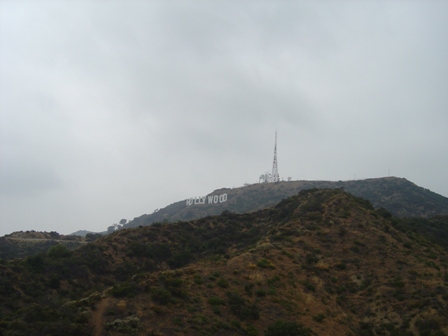
I wasn’t content with the view from the Mt. Hollywood Trail, so I drove out of Griffith Park. Although almost every road in this area has signs posted that say “No Access to Hollywood Sign”, there are plenty of streets that provide a good view.
I took Beachwood Drive up into the hills. At the end of the road there’s a trail, and just a few parking spots. If you climb the trail, you’ll find another view of the Hollywood sign, but it’s not spectacular.
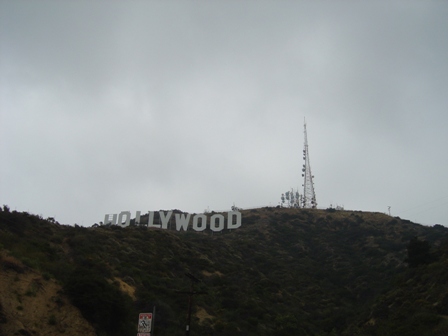
Heading back down Beachwood Drive, I made a right, and continued to wind around the hillside. From time to time, I’d find a road that looks promising, and drive up it to the end. On one of those roads is where I snapped this picture.
This really is the best way to explore. Just take random roads, and take your time winding your way around the hills. After turning on one road after another, you’ll probably end up with several close encounters with the sign.
Hollywood Hills – Dog Park & Hollywood Sign
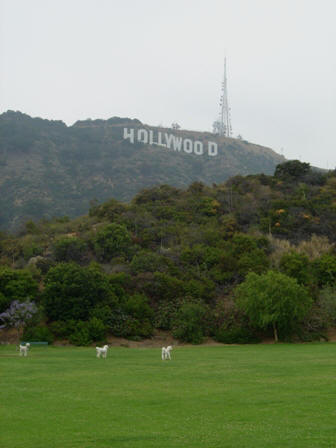
This dog park (officially known as Lake Hollywood Park) may be the best place to find an unobstructed view of the Hollywood Sign. I won’t even try to explain the complicated path you’ll need to take to get here. Chances are, if you drive around enough, you’ll find it. (Here’s one clue: if you pass the Hollywood Reservoir, you’re on the right track.)
While at the dog park, be sure to take your eyes off the sign just long enough to do a little celebrity spotting. In these parts, you never know who might be out playing with their pet.
If you’re satisfied with your Hollywood Sign experience, head back into town.
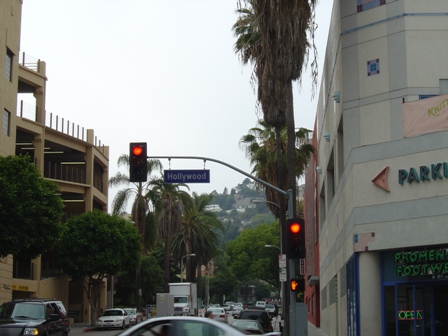
No trip to LA is complete without a walk down Hollywood Boulevard. I’m not going to spend a lot of time telling you what you can find here (the Walk of Fame, Grauman’s Chinese Theatre, the Capitol Records building, and lots and lots of souvenir shops). In fact, I was ready to leave after about an hour of tourist-ey chaos.
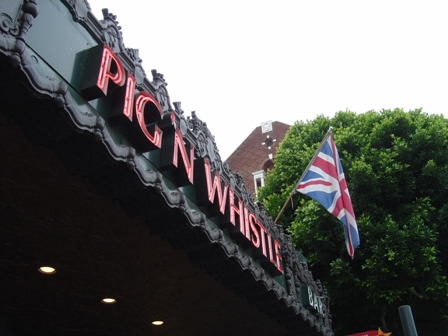
Try lunch at the Pig ‘n Whistle. I found they make a great pizza. They also have a great location, rich with history: Grauman’s Egyptian Theater.
After this stop, I escaped Los Angeles for a winding trip along the legendary Mulholland Drive.
Note: This trip was first published in 2004. I visited this area again, and successfully hiked up to the Hollywood sign, in 2016. You can read about it here.
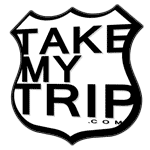
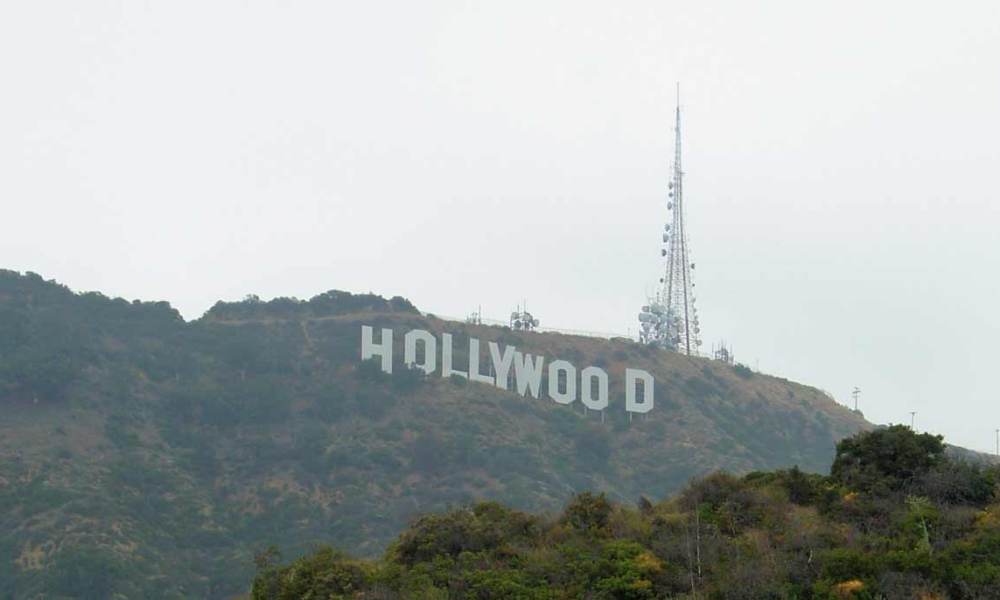


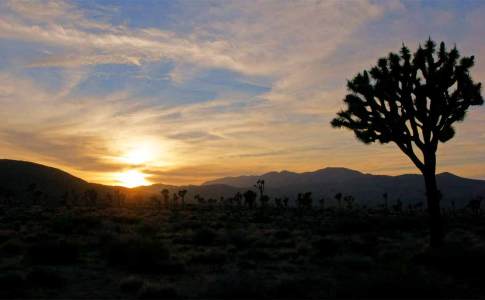
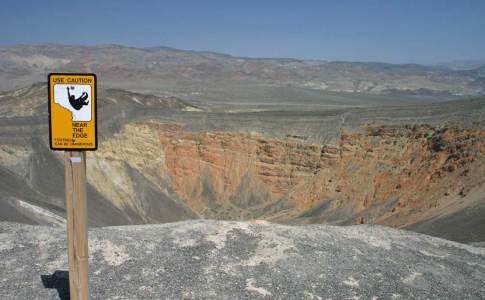
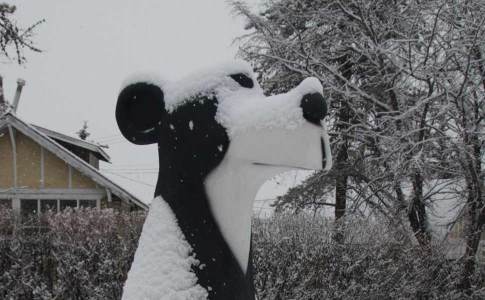
No comments